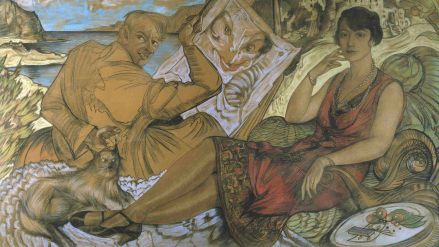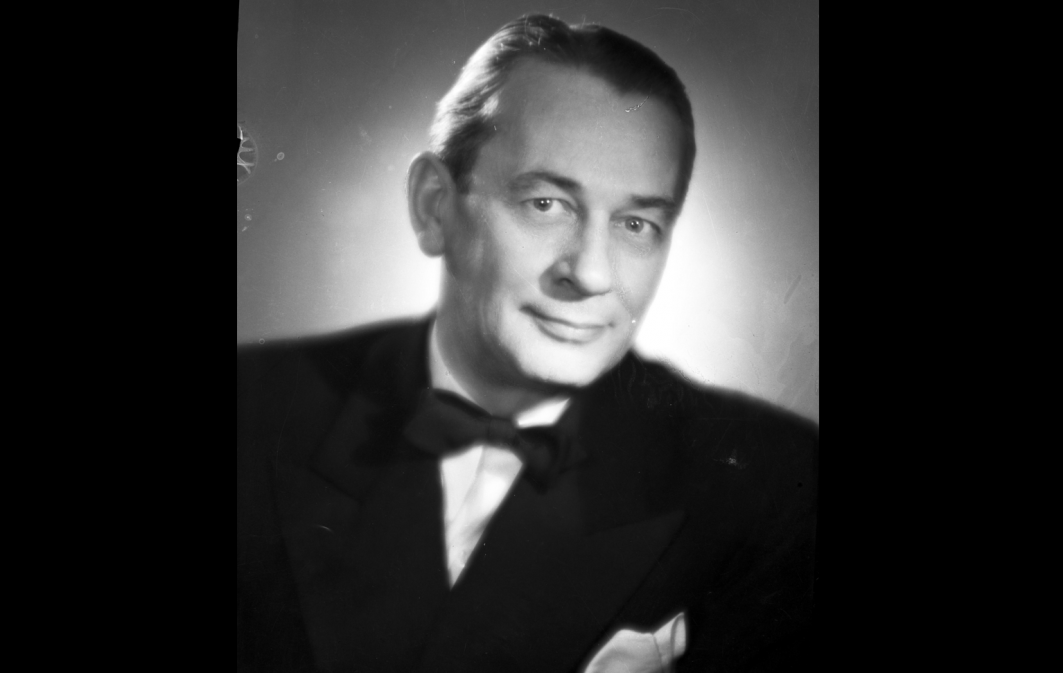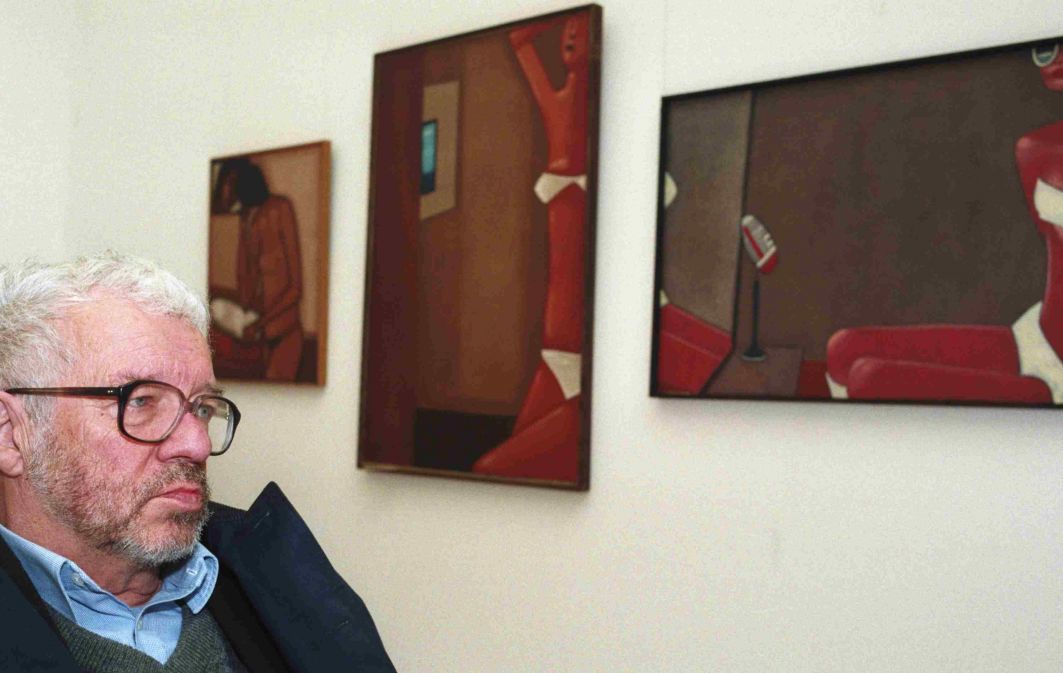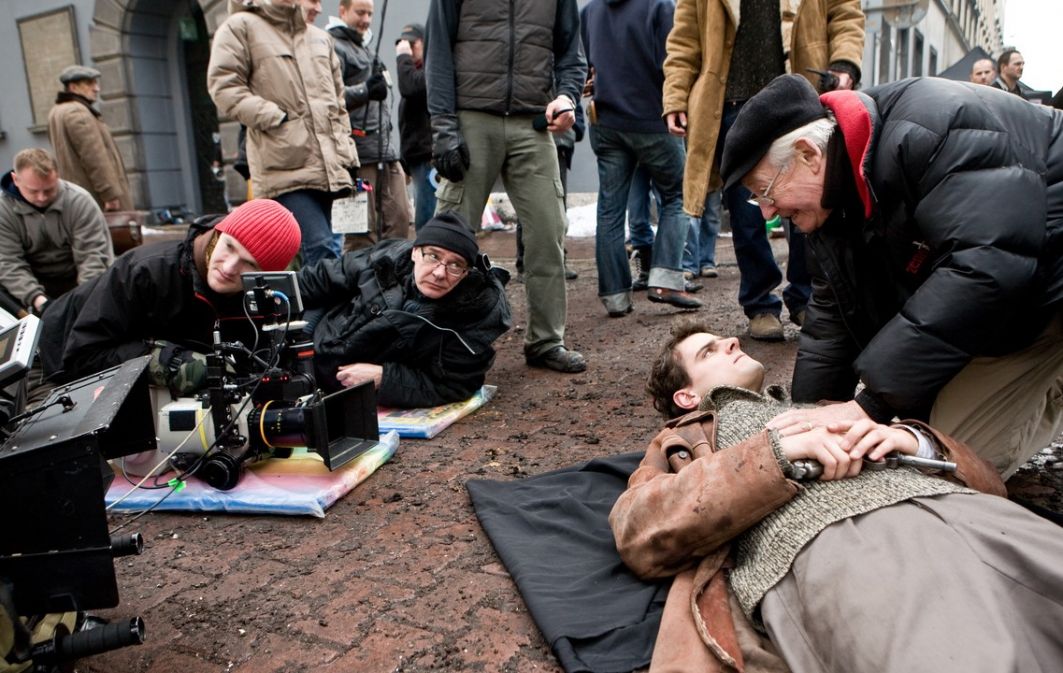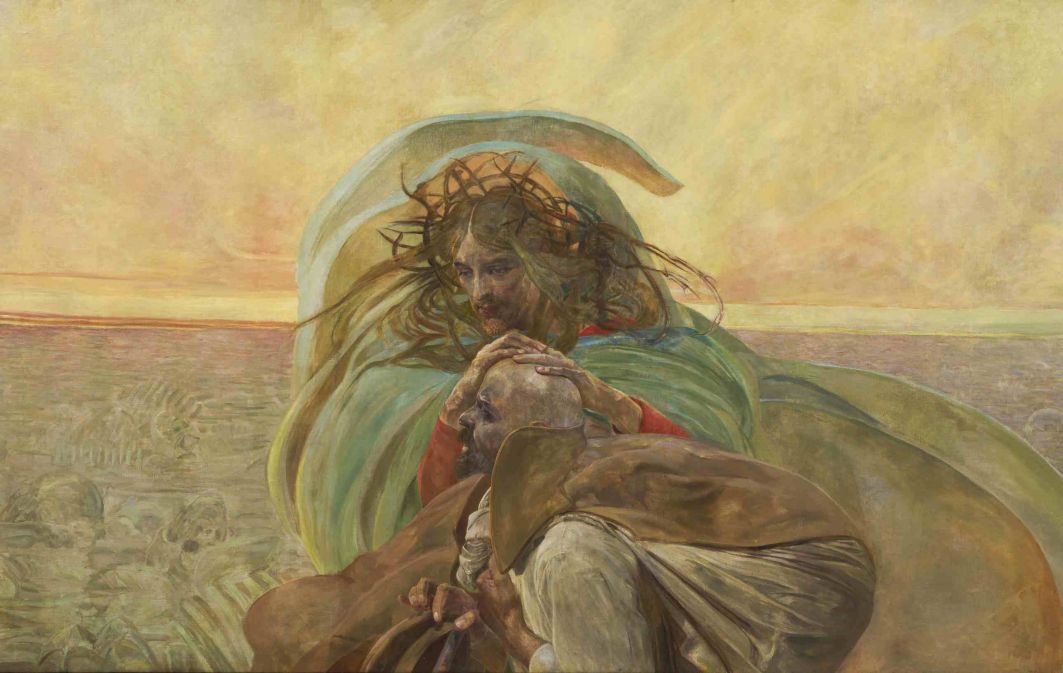It does not matter where you start viewing, whether it's the largest exhibition room, the "Matejkowska" to the right or the opposite side; whether you begin on the ground floor rooms or on the first floor. The direction taken is irrelevant since the exhibition doesn’t have a clear concept.
Oh no, wait, I'm so sorry: actually you can detect something, i.e. some coloured threads. For example, in one room, artworks in a range of blues dominate, in another, it's yellow, and in yet another, green is the theme. To emphasize this color selection, wide stripes of the relevant colors have been sprayed just above floor-level, at the bottom of the walls of each room.
 SIGN UP TO OUR PAGE
SIGN UP TO OUR PAGE 
Does anyone remember the patterns drawn in school notebooks?
How the awkwardness of the writing was made up for with this type of decoration?
But why should the paintings be accompanied by such horizontally striped wall patterns?
Perhaps to help the blind people to follow colors?
Follow the thread to reach the chaos
In order to suggest somehow that this show does have a concept, here and there on the walls so-called pearls of wisdom are displayed -- quotations from treatises on art or philosophy by a few well-known thinkers.
These quotes are the icing on the cake of curatorial claims by the originator and organizer responsible for the exhibitiion.
Janusz Janowski, director of the Zachęta National Gallery of Art, has proven yet again that he is unable to cope with the curatorial task.
For people, especially those from circles opposite to the right, this is grist to the mill: Janowski was appointed to this responsible position by PiS [Prawo i Sprawiedliwość, i.e. Law and Justice, the Polish populist, national-conservative political party]. However, in this instance, the political alignment doesn’t matter all that much. Janowski began his clerical and artistic career a long time ago. For many years he served as president of the Association of Polish Artists [Związek Polskich Artystów Plastyków], once the largest creative association in Poland until it got into major difficultiues after the system transformation, only to end up being marginalized. Nevertheless, the title of president still has a ring to it.
Janowski is not the only one who has made himself comfortable in a warm, high seat with no one above him to review his competences.
To quote again from the Stanisław Bareja film "Man – Woman Wanted": "My husband is a director by profession".
Returning to the Zachęta exhibition, it would be inappropriate to say that most of the artists refused to cooperate. Yes, some did but they were superseded.
I don't think anyone will be surprised when I say there were over a hundred artists (after all it was a once-in-a-lifetime opportunity) willing to exhibit in the capital's most prestigious gallery!
And that was the most unfortunate situation.
Had the walls of Zachęta remained "empty", it would have been beneficial for this project. The silence would have become more eloquent.
Maybe it would have even become therapeutic? Maybe it would have made some people think?
In its current state of affairs, one gets the impression that painting, and art in general, has turned into a fair of Christmas tree decorations (it's the season, after all), a game of appearances, a wooing of minds intoxicated by hallucinogenic pop culture.
So what if there still are some outstanding works at this fair? One can't see them. They are lost in a mix of gibberish and falsehood and -- let's not be afraid to say it -- of kitsch.
Beyond time
The ambitious idea behind the Zachęta project was to present the landscape of our painting.
Current or post-war?
It's hard to say. Works from recent years dominate, some of them still "warm", just taken off the easel. However, here and there we encounter Polish art history.
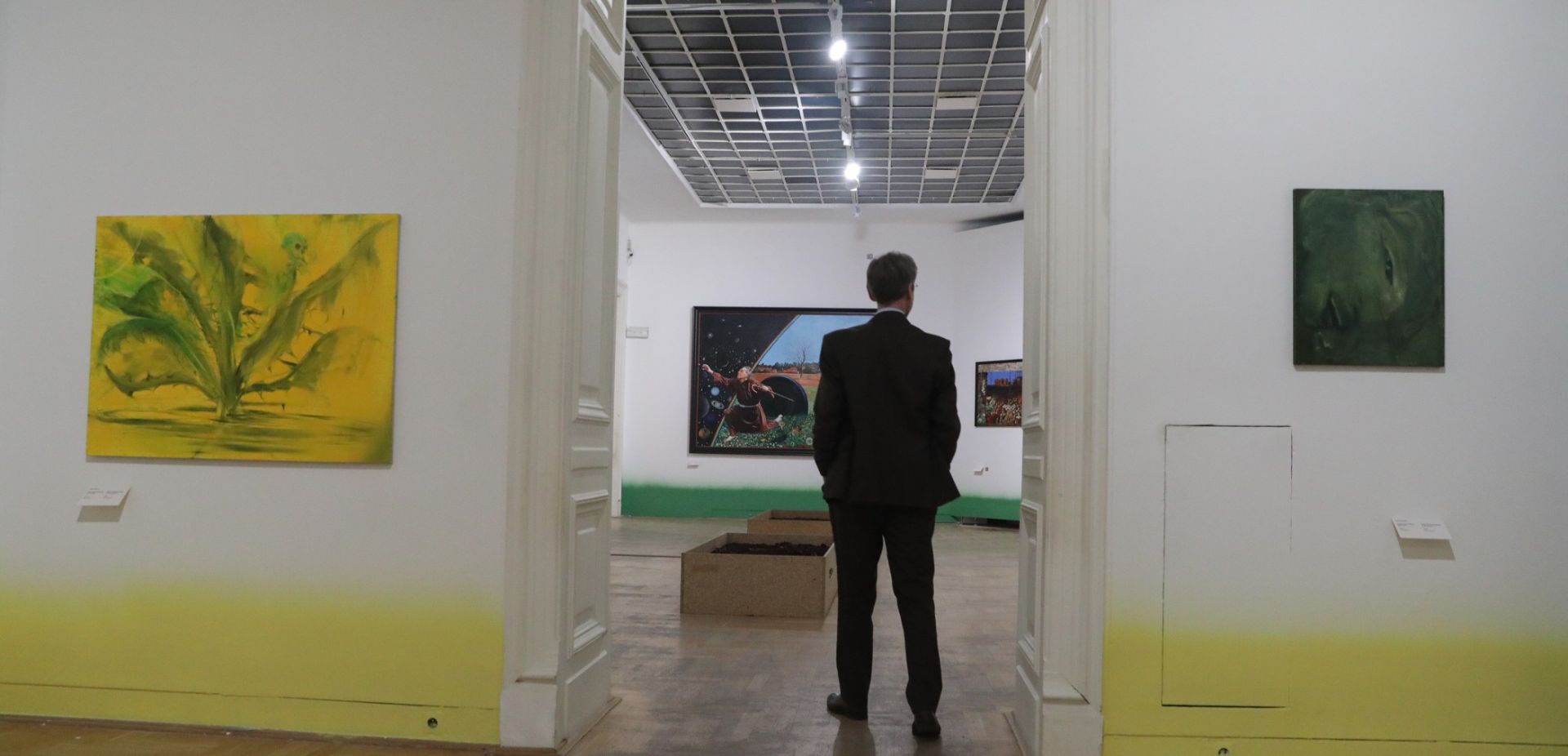
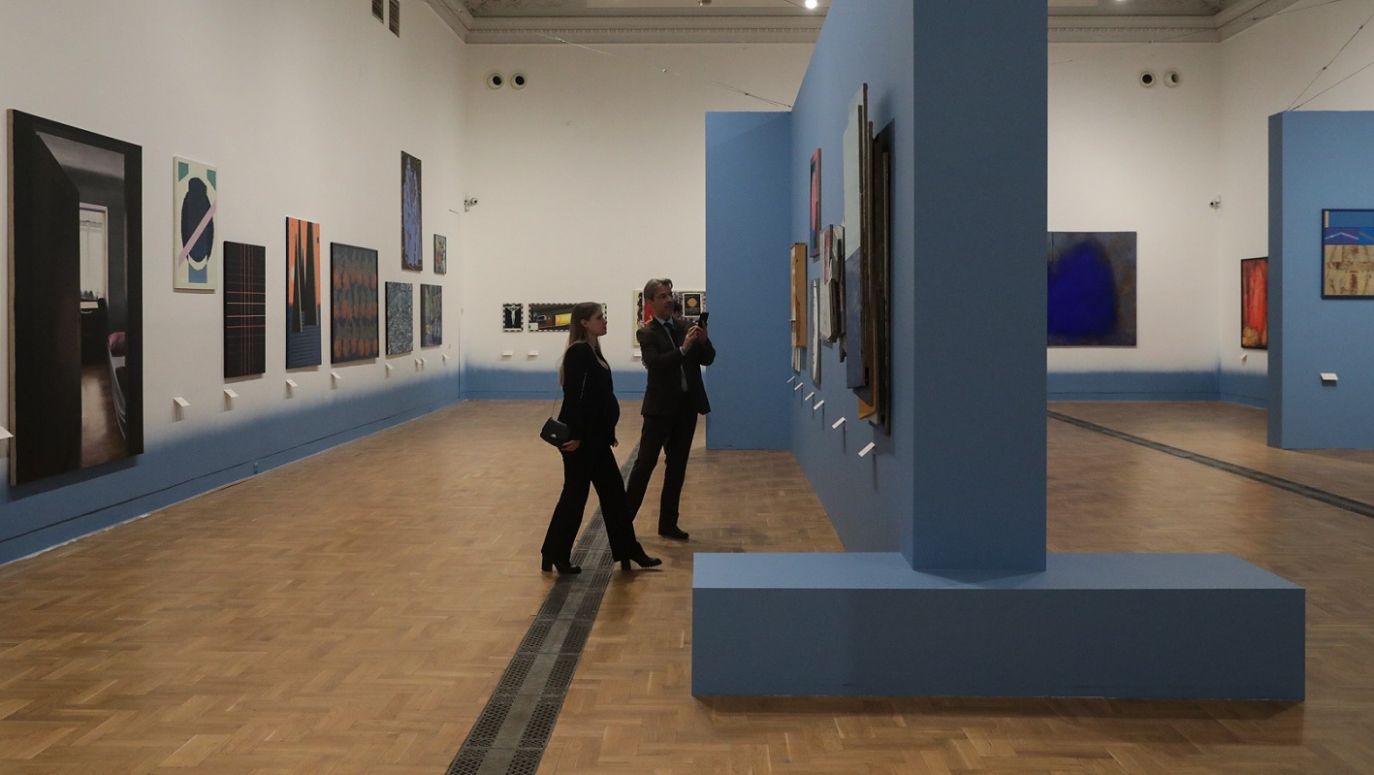
 SIGN UP TO OUR PAGE
SIGN UP TO OUR PAGE 
